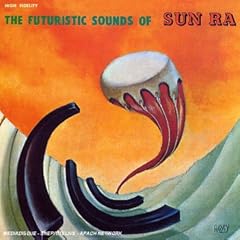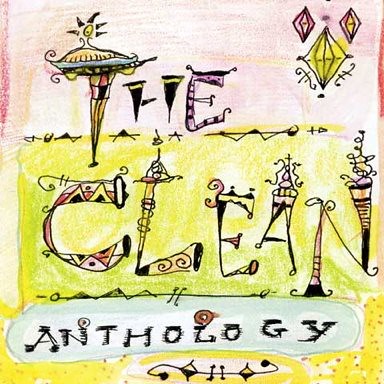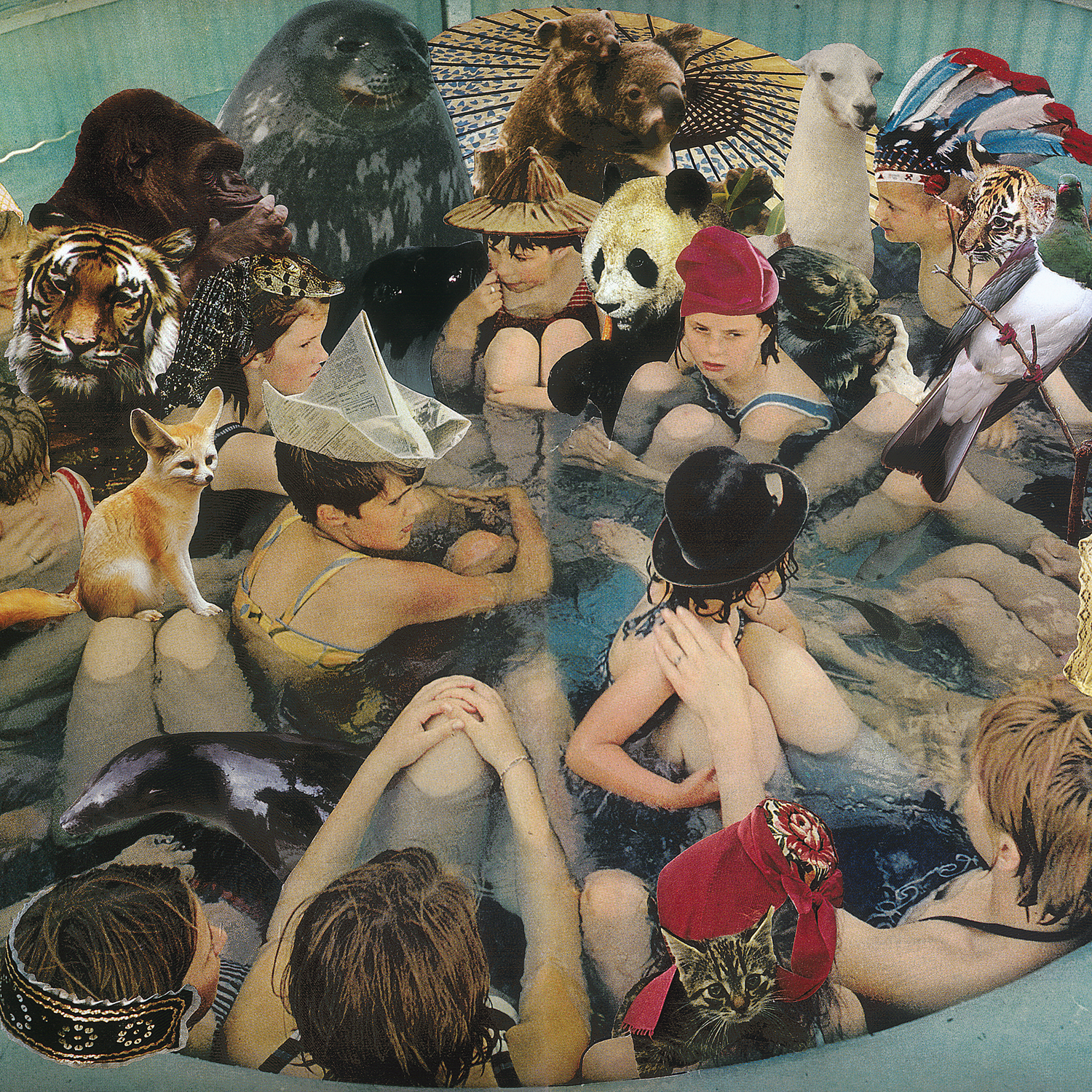
K.J. Kirk: My 11-year old daughter and I entered the arena in Baltimore with much excitement—we were going to see the Jonas Brothers perform live. My daughter, "Katie," being in the full throes of tween-dom, has her room plastered with Jonas Brothers posters; she has Jonas Brothers in heavy iPod rotation, and she buys (with her own money, carefully saved) every teen fanzine that has pictures and stories about the Jonas brothers. As with the Beatles, it is necessary to pick a favorite Jonas Brother. She's picked Joe, the lead singer.
Katie holds her love for the Jonas Brothers with fierce resolve. She loves them in the face of taunting from an older sister who is too cool for bands that appear to be for 'tweens; she loves them in spite of her friends’ scorn of their music. Trying to help her out, I would tell her I would listen to them in the car with her, and found them not at all irritating, but not very interesting, and certainly not compelling.
However, I had suspected that the Jonas Brothers (henceforth JB) might hold some interest when, upon the second watching of Camp Rock with Katie, I noticed the scene in which some of the girls follow Joe around, and he jumps in the lake, with just his swim trunks on. Oh, he’s easy on the eyes. I asked Katie—“how old is that kid?” She said, “Oh, he just turned 18.” Fair game.
So then my husband surprises Katie with tickets to the concert. We decide to just get two tickets, one for her, one for an adult—the adult being me. I ask my boss if I can leave an hour early the day of the concert so I can get home in time to drive there. I am surprised when my boss replies, “Sure thing. And if I were younger, I’d have a crush on them too. I saw them on Leno—they are adorable.” I find that almost every adult I mention JB to has seen them on TV, thinks they are cute, thinks it will be fun. The media blitz has created a buzz.
The night of the concert, I’m exhausted from work, as always, dreading the drive to the concert. Sure enough, we get stuck in horrible traffic and miss the first act (no loss, it turns out). We get to our seats, first section on the side, not too high up, good view of the stage. The arena is filled with 9–13-year-old girls, all screaming and squealing at every motion on the stage, as the roadies set up.
Then it begins—typical arena rock fare—lights dim, “We Will Rock You” blasted; all the girls are holding up glow sticks or cell phones, waving them in the air. The female energy is overwhelming in the place. The few dads around look stunned—I think they are probably drugged by the estrogen and astral projections of thousands of female bodies. The sexual tension is obvious, but as the girls are primarily pre-pubescent, it is a subliminal sexuality. They are about to blossom into full teenage sexuality, which, as any parent of teens knows, is something so thick and smothering you can’t stand to walk into a room containing more than four teens at a time. However, at this age, it is light and effervescent, like a nice Champagne aura bath. I wonder if this is the closest we will get in the modern age to what it was like at a festival for the cult of Aphrodite.
Then laser lights flash, actual flames flash out from giant torches on the stage, and the boys are lifted up on a stage platform, high above the rhythm and string section already in place, the platform revolves and set them down, and they bound off the platform like young goats set loose from a pen. The screaming is intense, but with modern sound systems, you can hear the band, unlike when the Beatles first appeared on our shores long ago. (This from a firsthand account from my husband, who as a 12-year-old convinced his parents to take him to see the Beatles’ first stop in the U.S.—the D.C. Armory. He says you couldn’t hear anything but the screaming.)
Joe takes the stage with a bravado that surprised me. That guy can take a stage. You can’t see his eyes yet—most of the first song is sung with his signature sunglasses on. When he takes them off toward the end of the song the girls go wild. I’m spending some time looking at Kevin, the oldest brother (20), who is playing guitar right in front of me. He clearly is capable on the guitar. He has noticeable sideburns and I swear his pants are tighter than the other brothers. The camera does a span over his crotch and Kevin seems to be working on a proper rock and roll guitar stance...just needs the pants a bit tighter—but the slight bulge will do for now, just to keep the moms interested. I find myself thinking—he looks competent, he’s muscley, looks strong…he looks like he could run a farm, keep the place going, handle the animals, the equipment...plow some fields…I find myself catching my breath at where my thoughts are going.
O.K., back to Joe. His glasses are off and his face, huge on the projection screen, is incredibly beautiful. He has luscious dark hair and beautiful features that he knows how to work perfectly when he sings. Either that or it just comes naturally. He has that Peter Pan grin that girls can’t help but fall for. He never stops moving, and his movements are graceful and forceful at the same time—aggression and beauty, energy and flow, everything the world loves in young men’s bodies. When he does stop, it is to strike a perfect pose, head back and singing. After the head tilt, he will often flash his eyes at the crowd, and thus the camera, so his eyes flash 30 feet high in the air on the screens. The girls scream, and any mother who is not dead in her heart feels a shudder in her thighs, because she already knows where that look leads. An image comes to my mind of being 15, a group of us teens set loose at an older brother’s party—we were sent to the rec room with a few bottles of Champagne (these were different times). I drink the Champagne in gulps, knowing no better. The boy I’m hanging out with seems even more interesting to me. I am dolled up in a rose colored dress that falls mid-thigh. I sink back into a couch, head light, and my boy pal plops down next to me. I spill Champagne on my thighs, and we are just drunk enough that he licks the Champagne off my thighs while we both laugh with delight. That was Joe, that is Joe, that will always be Joe.
Kevin continues to work his guitars—he changes axes frequently—mastering them all. He’s solid, skillful, careful fingering, but strong…another boy comes to mind, and then a rush of images—the boy I worked with in the ice cream parlor, who would flex his muscles while clearing up, the strong baseball player who was quiet but methodical. And now, how just occasionally (before I get too old), I catch a man looking at me in that capable way…the kind of man that elicits this response (to quote a colleague of mine)—“oh, I’ll roll my eyes back and he can tip me over!” Tip me over, I’ve already given it up, my legs are spreading…I’m panting, anticipating the strength that will take me…(remember how Mel Gibson could make you feel before he went crazy?) I hear girls screaming—wait! isn’t this a wholesome concert?
O.K., composure…let’s turn to Nick. Nick is 15, sweet looking, a soft face framed by curls—the poet. He goes to the piano and sings a song about hard times, based on his diagnosis with Type I diabetes. He sings of how he hurts, but how he survives, how he makes it "after a little while." He’s the boy every girl wants to take care of—he’s artistic, sensitive, and cute.
Tearing my eyes from Joe’s features and Kevin’s crotch, I come to the realization that these three young men are the triumvirate of every female longing—the holy trinity of female sexual desire—the capable, strong man, the boastful bad boy bursting with grace and energy, and the poet that needs to be taken care of and will always be sensitive to your feelings. And these three archetypes were not brought together by a marketing genius; they were born into the same family! How can this be? The gods have graced us!
While I consider this (amidst screaming, singing, guitars, bass, strings, flying drums sticks, etc., etc.), the boys are cranking it up to a fever pitch. They tumble over each other in gymnastic moves, the run up and down the stairs of the stage, the run out to runways on the stage. Then all three run back to center stage and are each handed something by roadies. At first I think they are small guitars. Are they all going to play mandolins? And then I get his uncomfortable feeling that the instruments they are holding look suspiciously like the contraptions used by doctors and psychiatrists a hundred years ago to cure women of “hysteria” by providing them with intercourse via machine. O.K., so they are holding things that look like slightly scary sex toys, and I have no idea where this is going. Well, the boys run out to three points of the stage, and it turns out the mystery instruments are foam guns. Yes, that’s right: the boys proceed to spray the crowd with the white foam, while the spotlights pans over the squirting streams, making them sparkle and glisten as they fall on the crowds. By now I am laughing hysterically, and Katie asks me “Mom, what's wrong?’ with genuine concern. I say “Nothing, I’m just laughing—it’s funny that all these people are getting foam on them!” She laughs and says “yes,” but thankfully is too young to read into the image. I look at the other adults around me and wonder why no one else is laughing—how can no one else be getting this joke of flying sperm? And then Joe takes a running leap and slides knee first through the foam to the end of the runway. When I look at the sweat pouring down Joe’s face and body, I can’t help but thinking—I’d like to lick that sperm, uh, foam, oh, I mean sweat, off your chest….
I take some time to look at the other parents. There is a mom to my right who is falling asleep. Anther mom in front of me looks suspiciously Ann Coulter-ish. She is standing perfectly still, taping the whole concerts on her iPhone. And she has bulging biceps. Creepy. Where are the moms with twinges in their bellies, and fires in their loins?
I am exhausted. I need to remember that I don’t have the energy of the young, and they can keep it up. Soon I see the boys being lifted high above the stage, each on his own Greek column, all the while they are singing and playing. This is it, I think—I am at a festival for Aphrodite. Gather all the girls, just before they get their periods, and initiate them into the mysteries, right? Doesn’t involve any actual sex, just lots of sexual symbolism, to prepare them for what their bodies will be going through. And we have the three gods of women’s sexual desire on columns above us, ready for worship.
I think of the images of naked women I used to hate seeing on the Sopranos—the pole dancing girls who had no personalities, just bodies. This is what is different between men and women. Sure, women will look at male bodies, but we have to be able to project a personality type onto that body for it to be desirable. We need our archetypes. The archetypes make it strong, make the pull real, and make us want to tip back, legs spread. Gets us in trouble, but can also make us fall in love and lead to a real relationship.
So my Jonas Brothers, don’t go telling me you are good, clean fun. You are sexual and you are powerful. You may not even know it, but you are performing a valuable public service—getting girls in touch with their desires in a safe, controlled way. No way their minds are roaming as widely as mine—I’m grown up, so I am graphic. The girls are left with tingles and crushes, which will turn someday into real attachments, and hopefully some Champagne being licked off their legs.


































